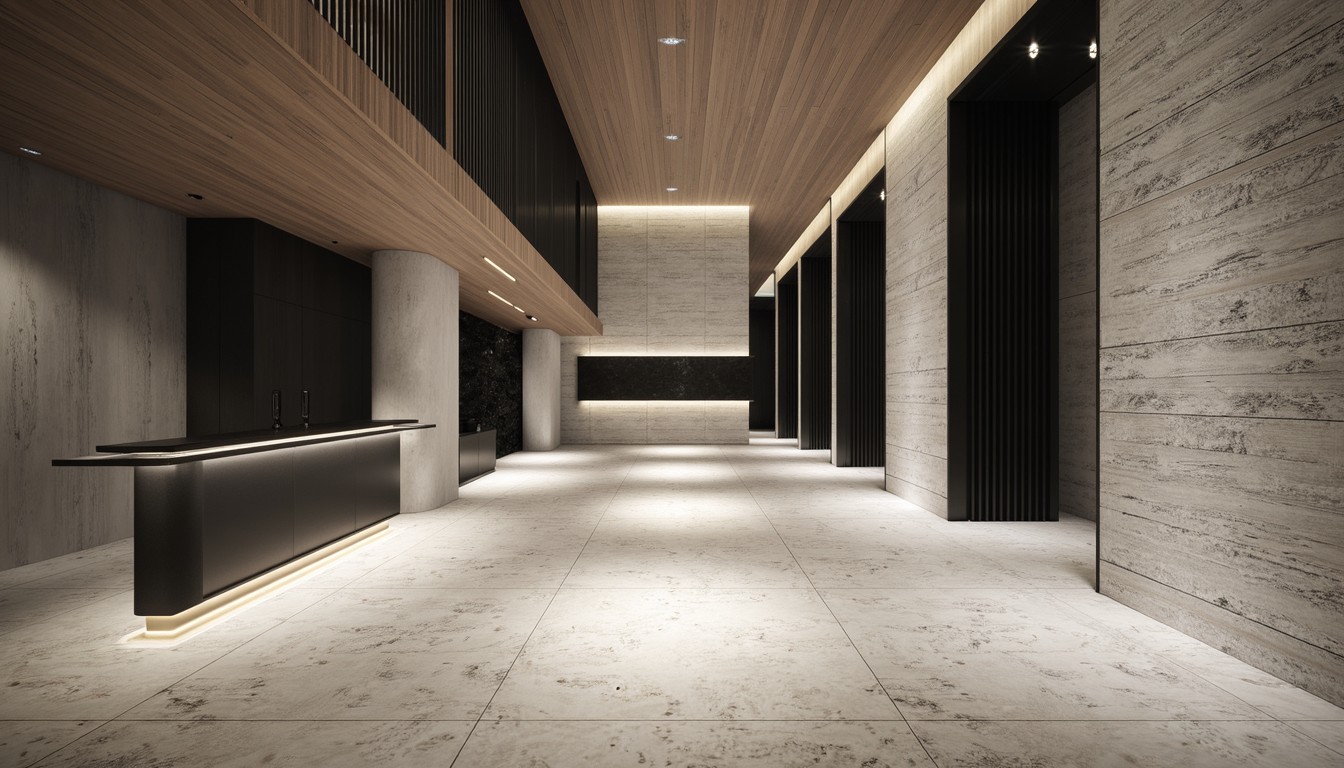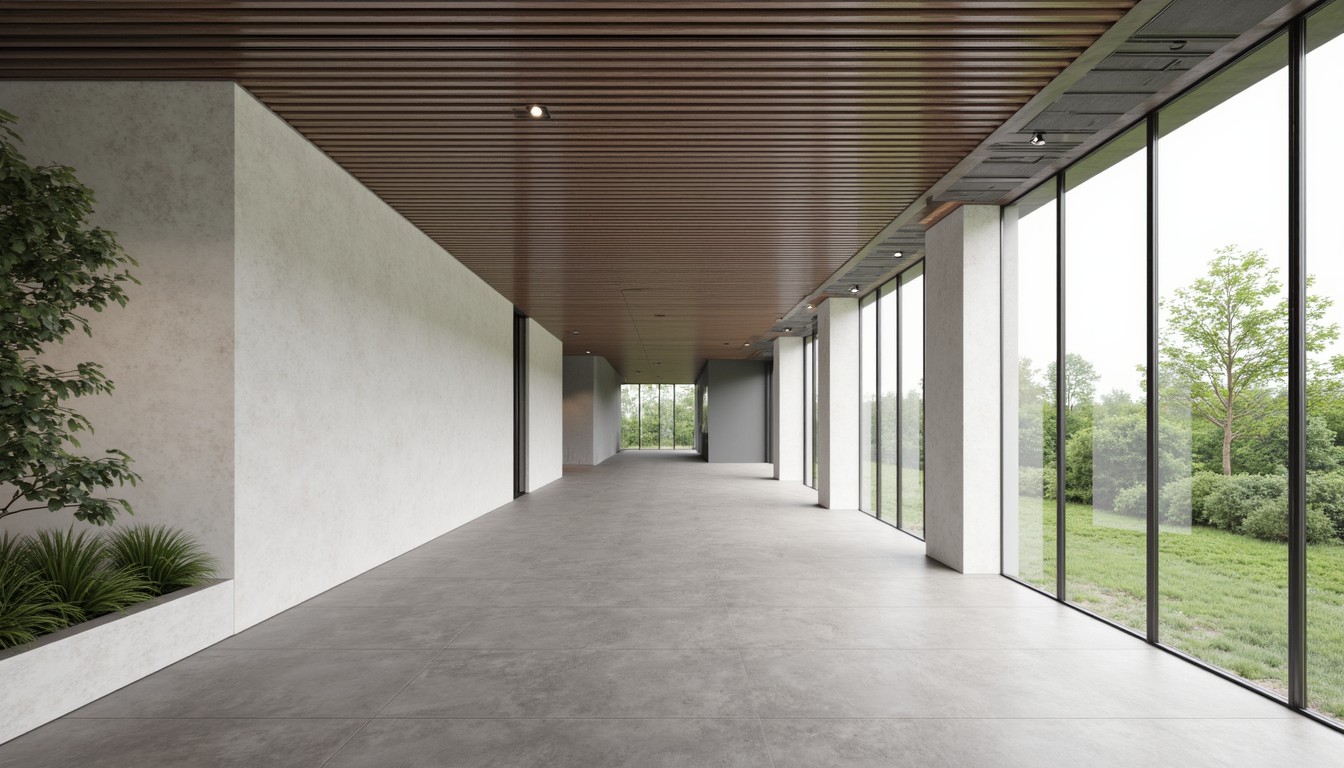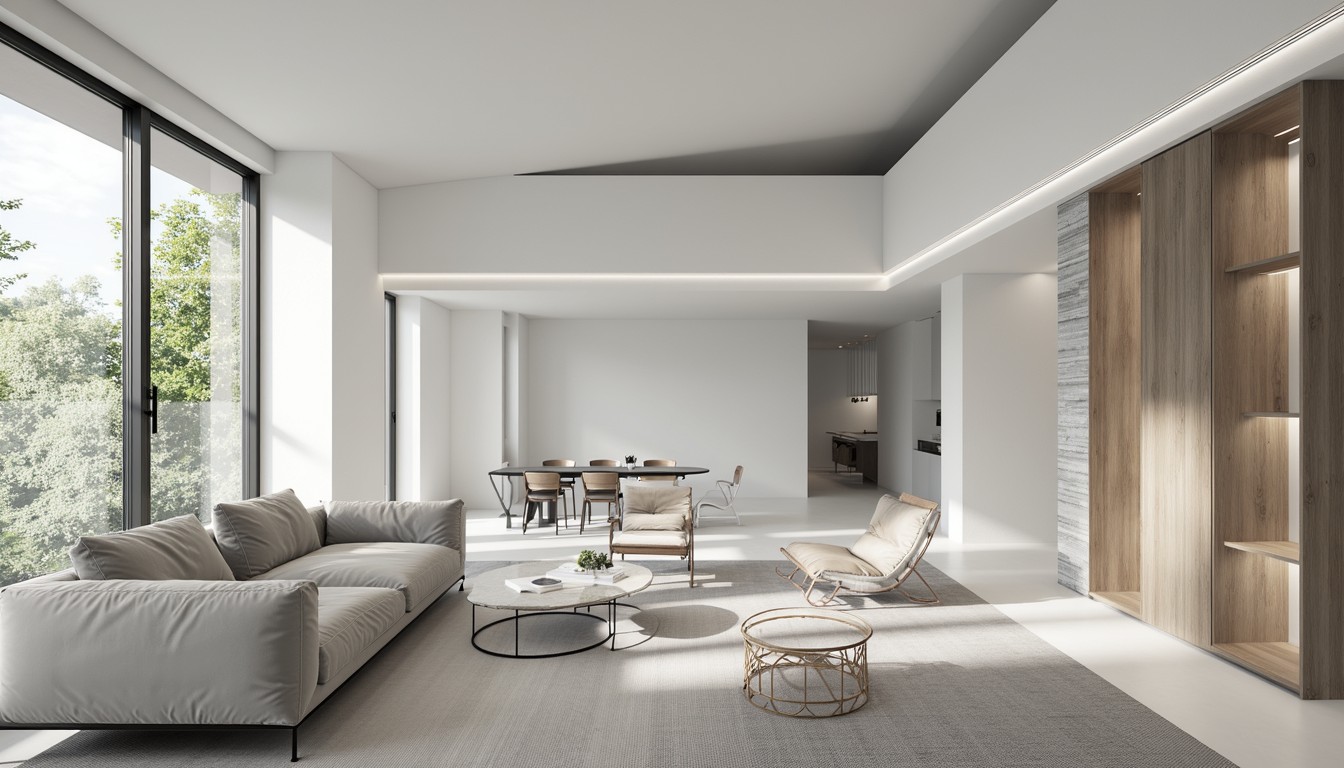Digital Transformation: Reshaping the Future of Architecture
The architecture industry is undergoing a profound digital transformation, driven by advancements in technology and a growing need for efficiency, collaboration, and innovation. Gone are the days of solely relying on hand-drawn sketches and physical models. Today, architects leverage a powerful suite of digital tools to design, visualize, and construct buildings with unprecedented precision and creativity. This shift offers immense opportunities for improved design processes, enhanced client communication, and ultimately, the creation of better-built environments.
The Core Technologies Driving Architectural Transformation

Several key technologies are at the forefront of this digital revolution:
1. Building Information Modeling (BIM): The Foundation of Digital Architecture
BIM is arguably the most transformative technology in modern architecture. It's a process involving the creation and management of digital representations of physical and functional characteristics of places. BIM software allows architects to create detailed 3D models that encompass not just the visual aspects of a building, but also its structural, mechanical, electrical, and plumbing (MEP) systems. This integrated approach facilitates better coordination among different disciplines, reduces errors, and optimizes the entire building lifecycle, from design to construction and beyond. Features like clash detection, quantity takeoffs, and energy analysis are crucial for efficient project management and cost control.
2. Virtual Reality (VR) and Augmented Reality (AR): Immersive Visualization and Client Engagement
VR and AR technologies are revolutionizing how architects present their designs to clients and stakeholders. VR allows clients to experience a building's design before construction even begins, offering an immersive and engaging walkthrough of the space. This improves client understanding and allows for early feedback, minimizing costly revisions later in the process. AR, on the other hand, overlays digital information onto the real world, allowing architects to visualize their designs within the context of the existing site.
3. Artificial Intelligence (AI) and Machine Learning (ML): Enhancing Design and Efficiency
AI and ML are increasingly being integrated into architectural workflows. AI-powered tools can assist with tasks such as generating design options, optimizing building performance, and predicting construction costs. ML algorithms can analyze vast datasets of architectural projects to identify design patterns and best practices, leading to more innovative and sustainable designs. For example, AI can analyze sunlight patterns to optimize window placement for natural lighting and energy efficiency.
4. Parametric Design and Generative Design: Exploring Design Possibilities
Parametric design allows architects to create designs that automatically update based on changes in parameters, such as dimensions, materials, or site conditions. Generative design takes this a step further by using algorithms to explore a wide range of design possibilities based on specified constraints and objectives. This approach can lead to highly innovative and optimized designs that might not have been possible through traditional methods.
5. Cloud Computing and Collaboration Platforms: Enhancing Teamwork and Accessibility
Cloud-based platforms are essential for collaborative work on architectural projects. They enable architects, engineers, contractors, and clients to access and share project data in real-time, regardless of their location. This improves communication, coordination, and overall project efficiency. Real-time collaboration tools further enhance the speed and efficiency of the design process.
Real-World Applications and Benefits

The digital transformation of architecture is not just a theoretical concept; it's already impacting projects worldwide. Consider these examples:
- Improved Design Accuracy and Efficiency: BIM reduces errors and rework, leading to faster project completion and cost savings.
- Enhanced Client Communication and Engagement: VR and AR provide immersive experiences that improve client understanding and satisfaction.
- Sustainable Design Practices: AI and parametric design tools help optimize building performance for energy efficiency and environmental sustainability.
- Increased Collaboration and Teamwork: Cloud-based platforms facilitate seamless collaboration among project stakeholders.
- Data-Driven Decision Making: BIM and other digital tools provide valuable data for informed decision-making throughout the project lifecycle.
Challenges and Considerations

While the benefits of digital transformation are substantial, it's important to acknowledge the challenges:
- Cost of Software and Training: Implementing new technologies requires investment in software and employee training.
- Data Security and Management: Protecting sensitive project data is crucial in a cloud-based environment.
- Integration of Different Software Platforms: Seamless integration between different software platforms can be complex.
- Need for Skilled Professionals: The industry needs professionals with expertise in digital tools and workflows.
ArchNav: Your Partner in Architectural Digital Transformation
ArchNav is at the forefront of architectural visualization, leveraging the latest digital technologies to deliver exceptional results for our clients. We understand the challenges and opportunities presented by digital transformation and are committed to helping architects embrace these advancements. Our expertise in BIM, VR, and other cutting-edge technologies allows us to create stunning visualizations, enhance client communication, and streamline the design process. Partner with ArchNav to unlock the full potential of digital transformation in your architectural practice.
